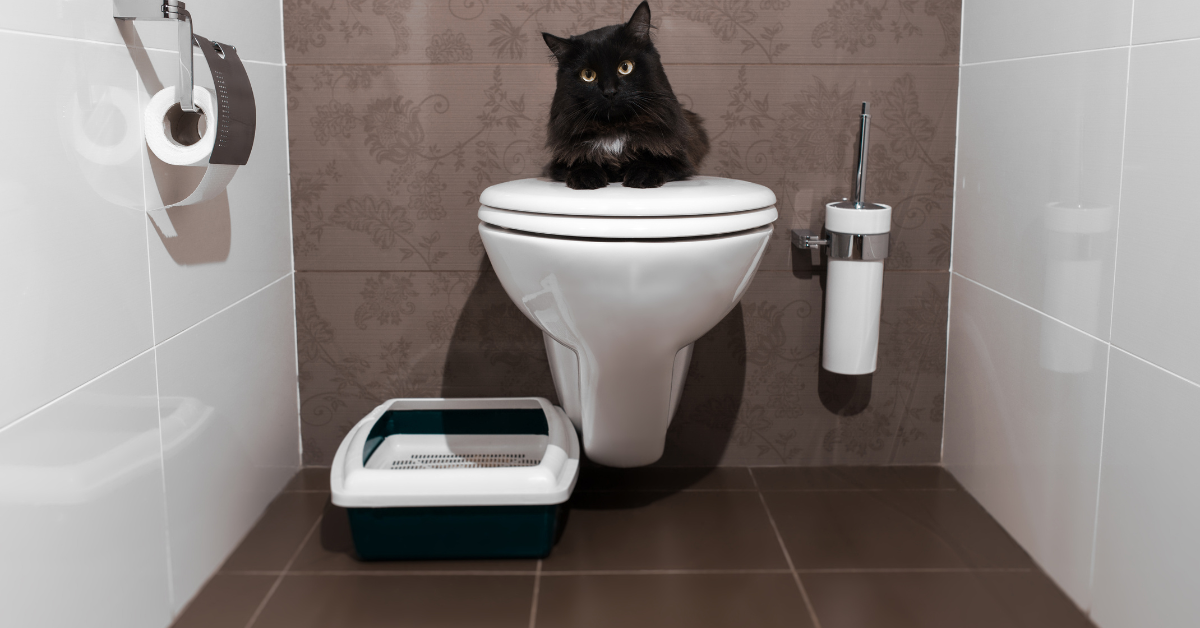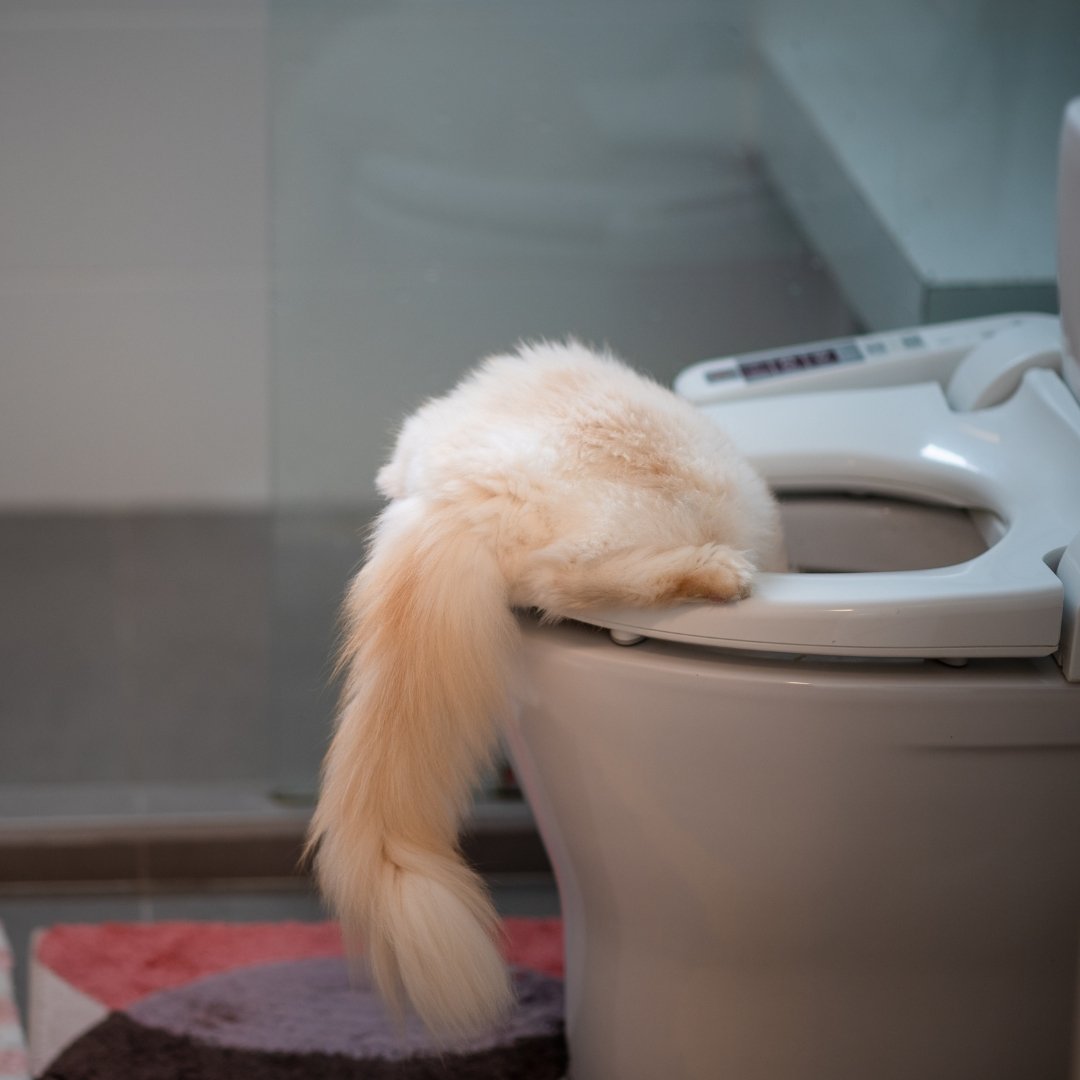Reasons Flushing Cat Poop Down Your Toilet Can Cause Problems - Tips for Safe Handling
Reasons Flushing Cat Poop Down Your Toilet Can Cause Problems - Tips for Safe Handling
Blog Article
Here in the next paragraph you can get a lot of decent data around Can You Flush Cat Poop Down The Toilet?.

Introduction
As feline proprietors, it's important to bear in mind exactly how we throw away our feline friends' waste. While it may seem hassle-free to purge pet cat poop down the bathroom, this method can have damaging repercussions for both the environment and human health and wellness.
Ecological Impact
Flushing cat poop introduces dangerous pathogens and parasites into the water, presenting a significant danger to water ecosystems. These pollutants can adversely affect aquatic life and compromise water high quality.
Health and wellness Risks
Along with environmental issues, purging cat waste can also present health threats to people. Pet cat feces might contain Toxoplasma gondii, a parasite that can cause toxoplasmosis-- a possibly extreme health problem, specifically for expecting females and individuals with weakened immune systems.
Alternatives to Flushing
Fortunately, there are much safer and a lot more responsible means to throw away feline poop. Think about the following options:
1. Scoop and Dispose in Trash
One of the most typical technique of dealing with cat poop is to scoop it right into a naturally degradable bag and throw it in the garbage. Make sure to utilize a dedicated clutter scoop and dispose of the waste quickly.
2. Use Biodegradable Litter
Go with biodegradable cat litter made from materials such as corn or wheat. These litters are eco-friendly and can be securely disposed of in the garbage.
3. Bury in the Yard
If you have a backyard, take into consideration hiding cat waste in a designated location far from vegetable yards and water resources. Be sure to dig deep enough to stop contamination of groundwater.
4. Set Up a Pet Waste Disposal System
Invest in a pet waste disposal system specifically developed for feline waste. These systems utilize enzymes to break down the waste, lowering smell and ecological impact.
Final thought
Responsible pet dog ownership extends beyond offering food and shelter-- it likewise entails correct waste administration. By refraining from flushing feline poop down the bathroom and choosing alternative disposal methods, we can decrease our environmental footprint and protect human health and wellness.
Why Can’t I Flush Cat Poop?
It Spreads a Parasite
Cats are frequently infected with a parasite called toxoplasma gondii. The parasite causes an infection called toxoplasmosis. It is usually harmless to cats. The parasite only uses cat poop as a host for its eggs. Otherwise, the cat’s immune system usually keeps the infection at low enough levels to maintain its own health. But it does not stop the develop of eggs. These eggs are tiny and surprisingly tough. They may survive for a year before they begin to grow. But that’s the problem.
Our wastewater system is not designed to deal with toxoplasmosis eggs. Instead, most eggs will flush from your toilet into sewers and wastewater management plants. After the sewage is treated for many other harmful things in it, it is typically released into local rivers, lakes, or oceans. Here, the toxoplasmosis eggs can find new hosts, including starfish, crabs, otters, and many other wildlife. For many, this is a significant risk to their health. Toxoplasmosis can also end up infecting water sources that are important for agriculture, which means our deer, pigs, and sheep can get infected too.
Is There Risk to Humans?
There can be a risk to human life from flushing cat poop down the toilet. If you do so, the parasites from your cat’s poop can end up in shellfish, game animals, or livestock. If this meat is then served raw or undercooked, the people who eat it can get sick.
In fact, according to the CDC, 40 million people in the United States are infected with toxoplasma gondii. They get it from exposure to infected seafood, or from some kind of cat poop contamination, like drinking from a stream that is contaminated or touching anything that has come into contact with cat poop. That includes just cleaning a cat litter box.
Most people who get infected with these parasites will not develop any symptoms. However, for pregnant women or for those with compromised immune systems, the parasite can cause severe health problems.
How to Handle Cat Poop
The best way to handle cat poop is actually to clean the box more often. The eggs that the parasite sheds will not become active until one to five days after the cat poops. That means that if you clean daily, you’re much less likely to come into direct contact with infectious eggs.
That said, always dispose of cat poop in the garbage and not down the toilet. Wash your hands before and after you clean the litter box, and bring the bag of poop right outside to your garbage bins.
https://trenchlesssolutionsusa.com/why-cant-i-flush-cat-poop/

We were brought to that report about How to Dispose of Cat Poop and Litter Without Plastic Bags through a friend on our other web property. Feel free to set aside a second to promote this article if you enjoyed it. Thanks a lot for your time. Come back soon.
Recurring Service Plans Report this page